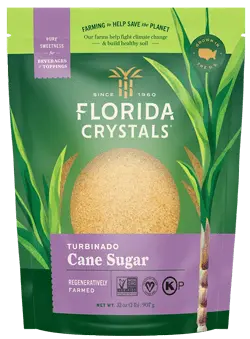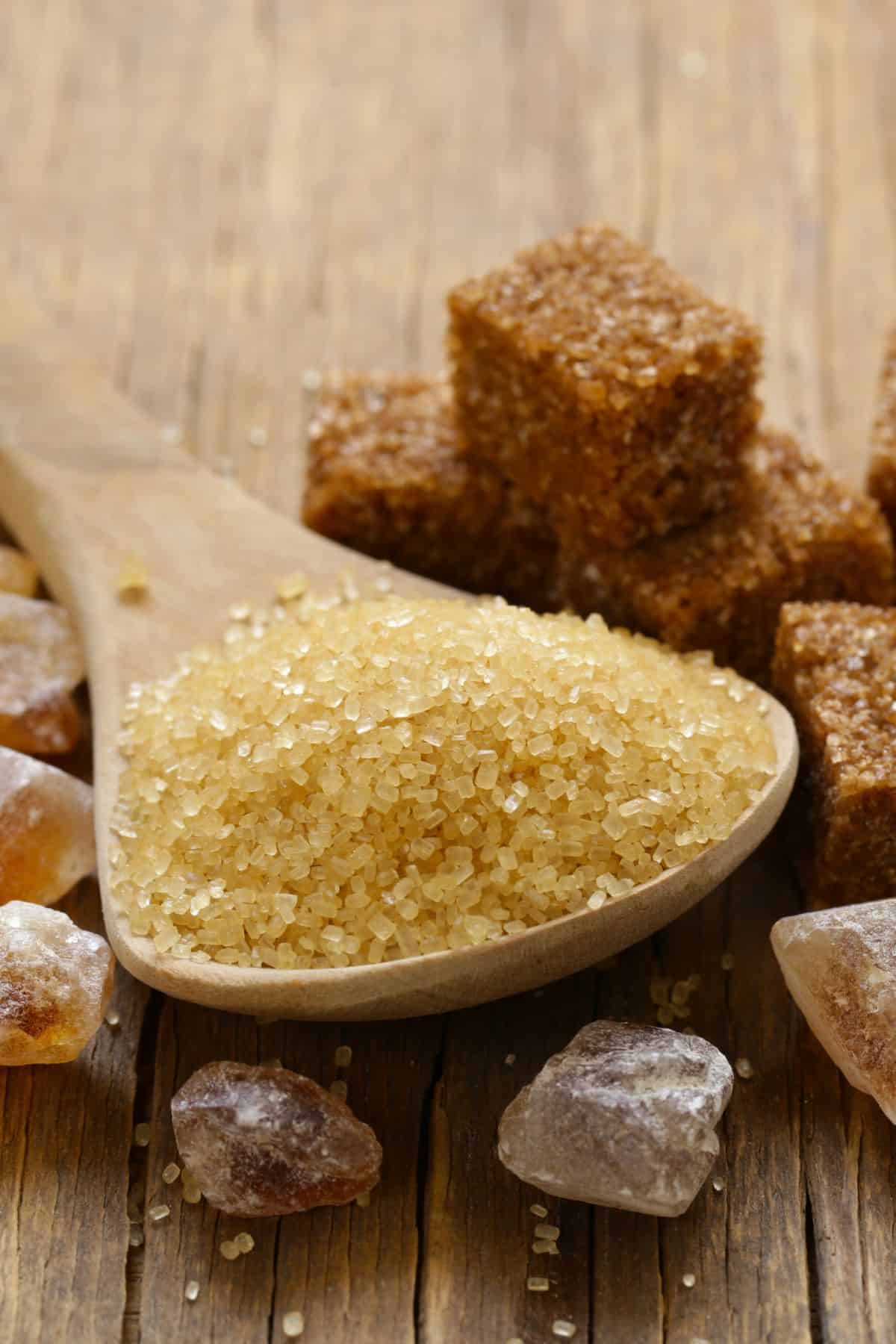The Science Behind Cane Sugar Processing: How Sweetness is Refined
The Science Behind Cane Sugar Processing: How Sweetness is Refined
Blog Article
Discovering the Comprehensive Steps Involved in Walking Cane Sugar Handling From Harvesting to Improvement
The process of walking cane sugar manufacturing incorporates a series of detailed steps, starting with the careful harvesting of sugarcane and culminating in the refinement stages that make certain the last product fulfills sector standards. Each stage, from the extraction of juice to the purification and crystallization procedures, plays a vital role in establishing the high quality and character of the sugar. Recognizing these phases not only highlights the complexity of sugar production yet likewise elevates important questions about performance, sustainability, and development in the sector. What implications do these elements have for future practices?
Harvesting Sugarcane
Collecting sugarcane is a critical action in the cane sugar processing chain, as it directly influences the quality and yield of the end product. Proper timing and techniques are important during this phase to guarantee optimum sugar material and lessen losses. Normally, sugarcane is gathered when it reaches maturation, typically 12 to 18 months after planting, characterized by a high sucrose focus.

Post-harvest, the sugarcane should be processed promptly to avoid sucrose destruction. Preferably, harvested walking cane should be transferred to processing facilities within 24 hr to protect sugar top quality. As a result, efficient logistical planning is crucial to maintain the honesty of the gathered crop throughout the supply chain.
Removal Process

The smashed walking stick is subjected to a series of pushing procedures to take full advantage of juice healing. Usually, hot water is sprayed onto the smashed walking cane, producing a countercurrent flow that helps liquify the sugar while likewise aiding in the removal process. The juice collected from this procedure includes not only sugar yet likewise different organic substances and pollutants.

To improve extraction effectiveness, some centers might use diffusion methods, where the sugarcane is soaked in hot water, allowing the soluble sugars to diffuse right into the liquid. The resulting juice, rich in sucrose, is then directed to subsequent processing stages, laying the structure for filtration and improvement. The removal procedure is therefore essential in determining the high quality and yield of the final sugar product.
Purification Techniques
The purification methods utilized in walking stick sugar processing are necessary for transforming the raw juice into a top notch sugar product. These techniques mainly aim to remove impurities, such as dirt, plant materials, and not natural compounds, which can negatively affect the end product's taste and color.
One of one of the most usual purification techniques is clarification. This process includes adding lime and warmth to the raw juice, which promotes the coagulation of pollutants. The resulting precipitate is then gotten rid of through sedimentation or purification, yielding a more clear juice. Additionally, the usage of phosphoric acid can improve the information process by more binding pollutants.
An additional considerable strategy is carbonatation, where carbon dioxide is introduced to the clarified juice. This response produces calcium carbonate, which records staying contaminations and promotes their removal.
Furthermore, triggered carbon treatment may be related to adsorb any type of continuing to be colorants and organic contaminations, guaranteeing an extra refined item. The mix of these approaches efficiently prepares the sugar juice for succeeding action in the refining procedure, establishing the stage for the production of high-quality walking stick sugar.
Formation Methods
After the filtration stage, the next vital step in walking cane sugar processing includes formation approaches, which play a critical role in transforming the made clear juice into solid sugar. This process typically employs two main approaches: spontaneous crystallization and controlled condensation.
In spontaneous formation, supersaturated sugar remedies are permitted to cool down normally, leading to the development of sugar crystals over time. This approach enables for the uniform growth of sugar crystals and greater pureness.
Throughout condensation, the cleared up juice is concentrated through evaporation, enhancing its sugar material up until it reaches supersaturation. As soon as this factor is accomplished, either technique can assist in the formation process. Cane Sugar Processing. The resultant sugar crystals are then divided from the continuing to be syrup with centrifugation
Eventually, the option of condensation method influences the high quality, size, and pureness of the last sugar product, making this step vital in the overall walking cane sugar handling procedure.
Refinement and Product Packaging
Just how can the pureness and top quality of walking cane sugar be further boosted after crystallization? you could try this out The refinement process plays a critical function in attaining high-grade walking stick sugar. Complying with formation, sugar goes through a comprehensive washing to get rid of pollutants and residual molasses. This is usually completed utilizing warm water or heavy steam, which aids dissolve and helpful site remove unwanted components while protecting the sugar crystals.
Next, the sugar goes through a procedure called centrifugation, where it is rotated at broadband to divide the detoxified sugar crystals from the remaining fluid. After centrifugation, the sugar is often additional improved via a method called carbonization or phosphatation, which uses activated carbon or phosphoric acid to remove shade and off-flavors.
Once refined, the sugar is dried to achieve the desired wetness web content, guaranteeing that it stays secure throughout storage space and transportation. The final action entails product packaging the polished sugar in moisture-proof and airtight containers to preserve its top quality and prevent contamination. Cane Sugar Processing. Proper packaging not only prolongs life span but also assists in very easy handling and circulation, making certain that consumers receive sugar that satisfies the highest requirements of purity and high quality
Final Thought
The detailed steps associated with walking cane sugar handling, from the careful harvesting of sugarcane to the detailed improvement and packaging phases, highlight the value of each phase in guaranteeing top notch sugar manufacturing. Ideal harvesting techniques, effective extraction methods, and rigorous filtration procedures jointly add to the end product's purity and security. The formation and succeeding packaging practices even more enhance the integrity and service life of the sugar, highlighting the complexity and precision inherent in this crucial farming sector.
The procedure of cane sugar manufacturing includes a series of intricate actions, starting with the careful harvesting of sugarcane and finishing in the improvement stages that make certain the final product meets sector requirements. Ideally, gathered cane needs to be moved to refining facilities within 24 hours to maintain sugar quality.In spontaneous formation, supersaturated sugar options are allowed to cool down naturally, leading to the development of sugar crystals over time - Cane Sugar Processing. The refinement process plays a vital role in attaining top notch you can try these out walking cane sugar.The extensive actions involved in walking stick sugar handling, from the meticulous harvesting of sugarcane to the elaborate improvement and product packaging phases, underscore the significance of each phase in ensuring high-grade sugar production
Report this page